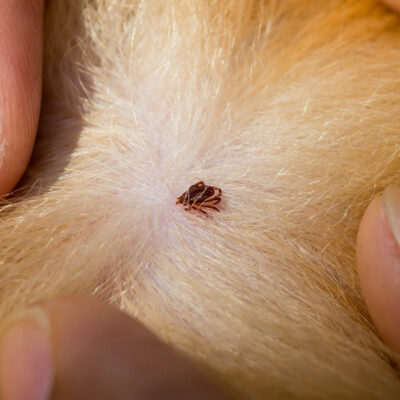
Common Types and Symptoms of SMA
Spinal muscular atrophy (SMA) most often occurs due to the insufficient production of the protein known as survival motor neuron protein. This results in weakness and wasting away of the voluntary muscles in infants and children and in some rare cases even adults. Depending on the age at which it is first diagnosed, spinal muscular atrophy can be classified into five types. This article mentions some of the common and rare types of SMA.
Common types of SMA
Type 1 – Among the common and rare types of SMA, Werdnig-Hoffman disease that usually occurs at birth or up to 6 months of age is most common. Most signs of the condition are visible when a baby is 3 months old. This condition can be characterized by floppy arms and legs, not being able to hold the head up with help, and not being able to sit without support. This condition progresses very quickly and can affect breathing.
Type 2 – Also known as intermediate SMA or Dubowitz disease, it is mostly diagnosed in children between the ages of 6-12 months. Children with this condition can sit without support, but they are not able to walk and as the condition progresses they may need help sitting. Involuntary tremors and curved spine also known as scoliosis could also be present in affected children. In some cases, respiratory muscle weakness can be life-threatening, whereas in other cases affected children may survive into their twenties or thirties.
Type 3 – This form of SMA is also known as Kugelberg-Welander disease and affects the muscles causing weakness in early childhood. Although children with this condition might be able to walk and stand without help with time they would require assistance walking and climbing stairs. In some cases support aids such as a wheelchair would be necessary. The life expectancy for affected individuals is normal.
Rare types of SMA
Type 0 – Of the Common and rare types of SMA, this type is the rarest and most severe. In some cases, it may be detected before birth. Children with this condition move less in the womb and are commonly born with joint deformities also known as contractures. Hypotonia or extremely weak muscle tone is also observed in affected infants at birth. Due to weak respiratory muscles children with this condition succumb to respiratory failure and do not survive past infancy. Heart defects could also be present in these children from birth.
Type 4 – This form of SMA begins in early adulthood. In addition to muscle weakness that can range from mild to moderate, tremors and breathing issues have also been observed in affected individuals. People with this type of SMA have a normal life expectancy.
According to reports, about 75 million people in the country are estimated to be carriers of the SMA gene and more than 25,000 have been diagnosed with the condition. Hence, being informed about the common and rare types of SMA and their symptoms is necessary.


